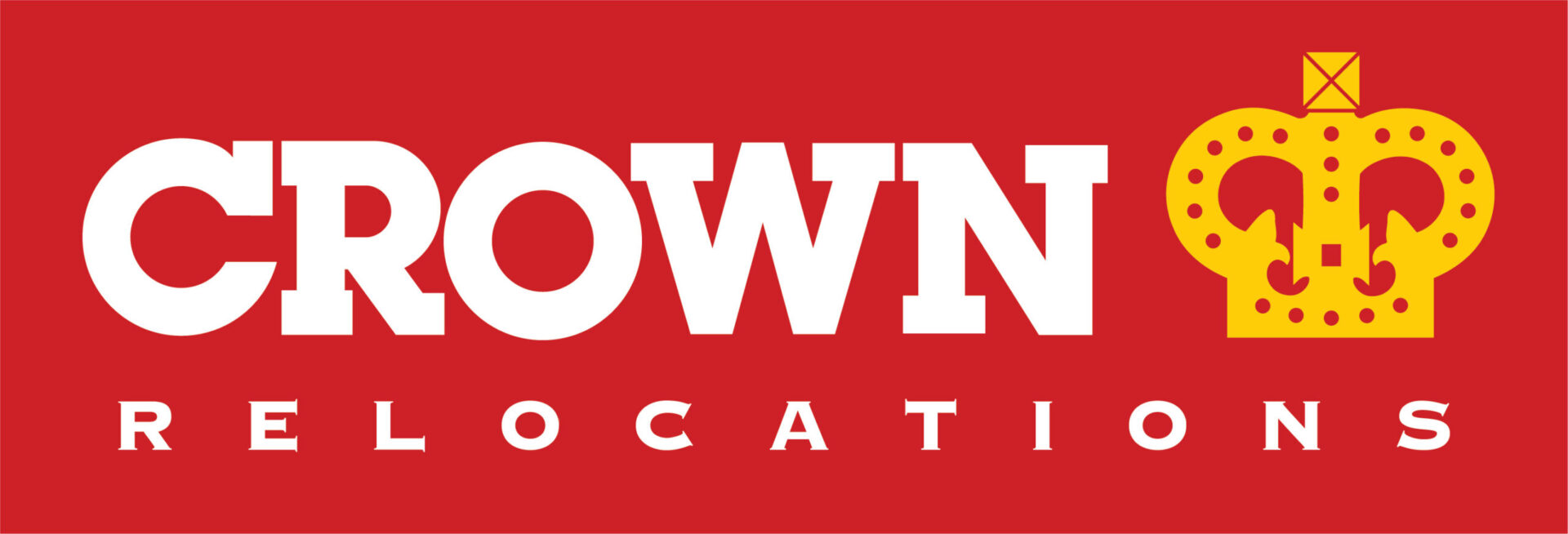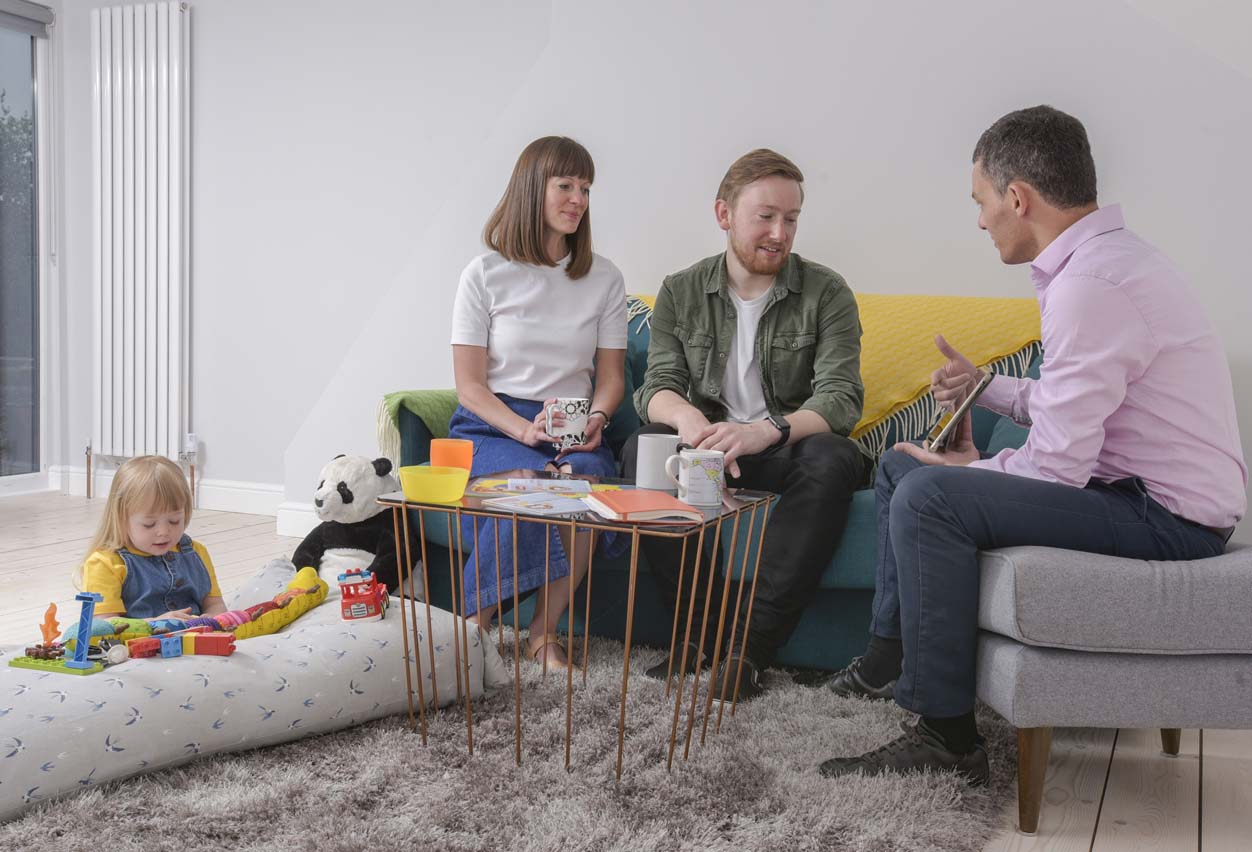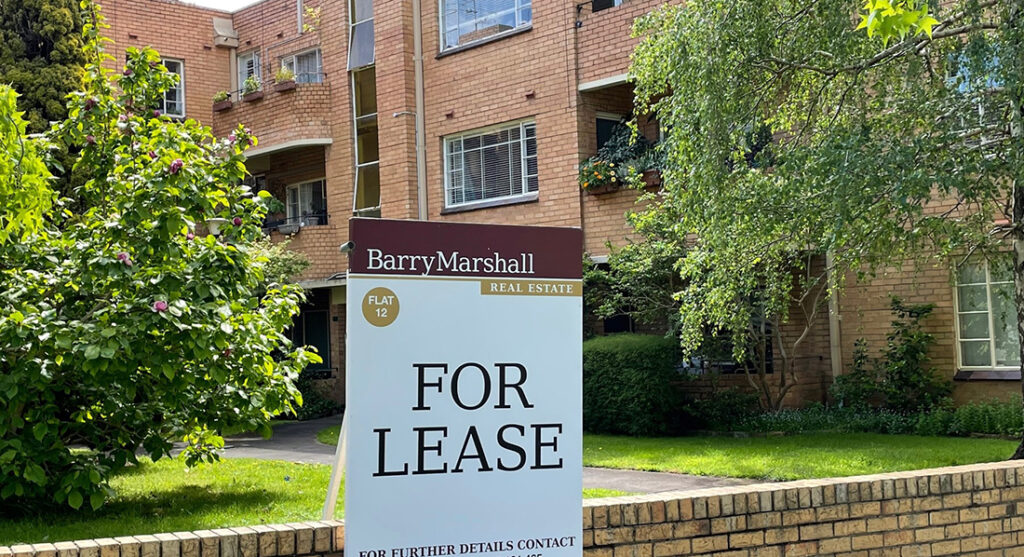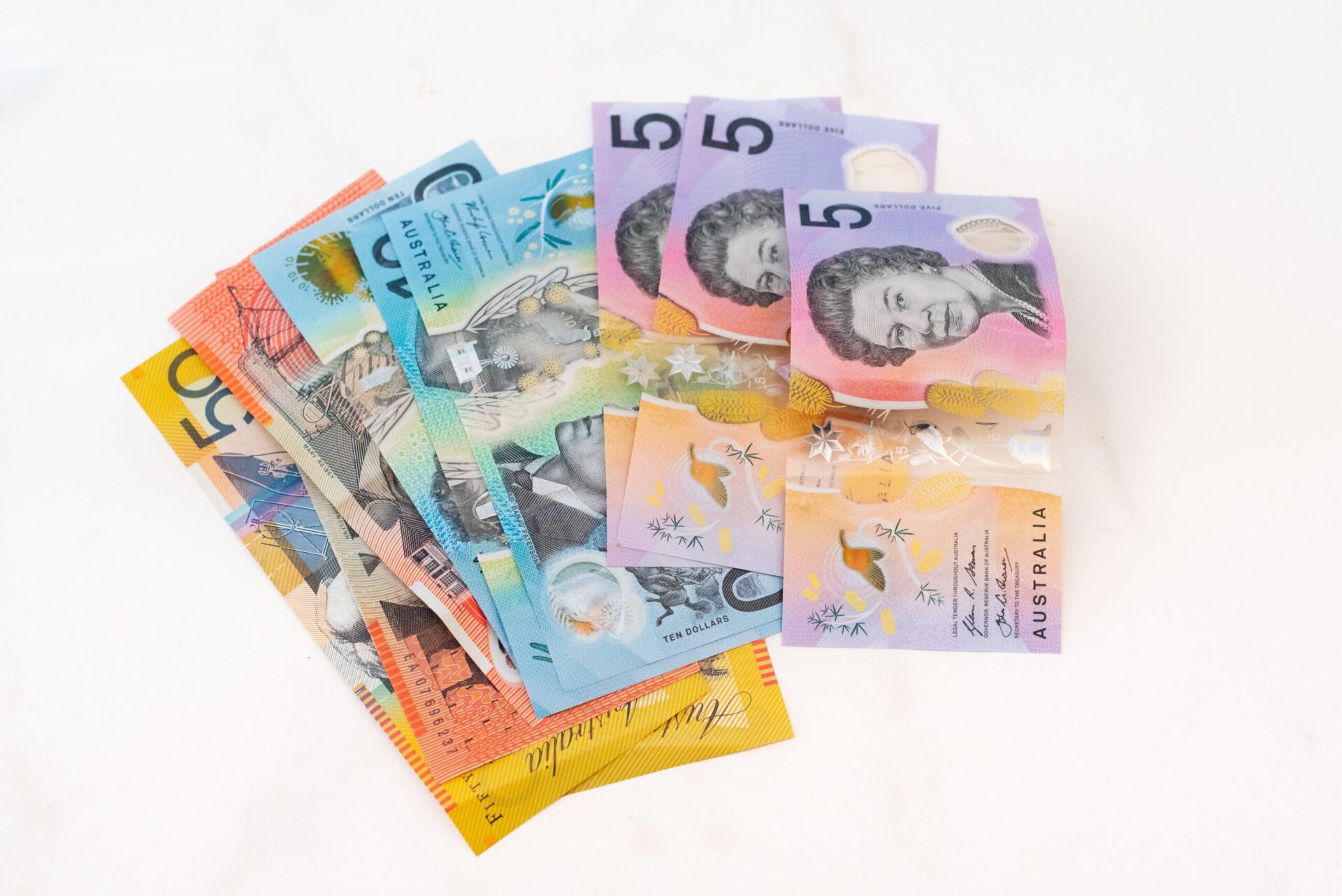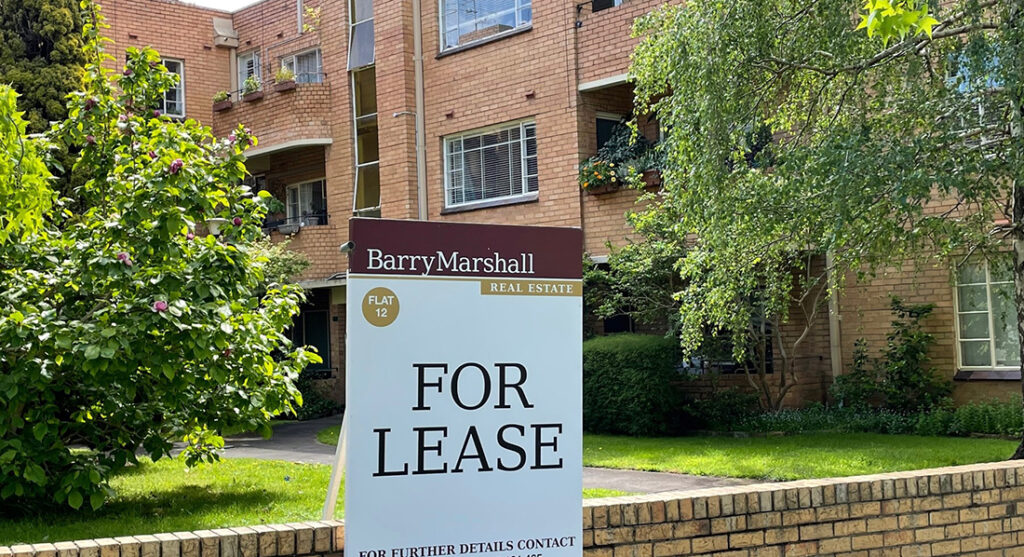
A rental bond can be a lot of money to pull together, usually either a combination of a fortnight or monthly rent. There’s no doubt that you will want this money back by the end of your lease, to either put towards another bond or a mortgage. At Crown Relocations, we’re the moving experts and know all about how stressful getting rental bonds back can be. Therefore, we’ve put together a list of tips that will help maximise your chances of reclaiming your rental bond back, at the end of your lease.
1. Start on the right foot
When moving into your new rental home, there will be a condition report that will have to be filled out and submitted. In between unpacking and exploring your new neighbourhood, filling out this condition report may be the last thing you want to do, however, it is crucial that you put some time into it in order to document the condition of the place when you moved in. The condition report allows you to record any pre-existing damage that may otherwise, try to be blamed on you when you moved out. Take your time in filling out this paperwork and ensure to take photographs also. If your property manager offers to take the photographs, that’s easier for you, but make sure you also get your hands on these photos so that you have the same evidence they have when it comes to your end of lease inspection.
2. Read the contract
By reading the contract upfront before signing, you will be familiar with the condition that the house/apartment is expected to be in by the end of your lease. It is common that tenants will consider some regular wear and tear normal and you will still receive your bond back. However, you should inquire with the tenant as to what is considered normal wear-and-tear as it is a common mistake people make by assuming that many things fall into this category.
3. Keep it clean
Many people have the tendency of leaving some cleaning jobs to the end of lease. This habit can end in disaster as some areas of the house need consistent cleaning. If some areas aren’t cleaned properly on a regular basis it can result in more permanent damage such as rust or stains that will take even more time and money to restore. Taking the time every week, fortnight or month, depending on the area of the house – some areas will need more regular maintenance than others, will pay off when it comes to the end of the lease inspection.
4. Report damage when it happens
When an accident happens and damage is made to your property, it can be an unpleasant experience to report it. You may plan to leave it until a later date or even until the end of your lease to worry about it, but it is actually best to report damage upfront. Not only will the tenants appreciate knowing about the damage, but they will also be able to organise repairs sooner. This may be the difference between a permanent or repairable damage as some damaged items can worsen over time, leaving costs higher for the tenant and a lower chance of you receiving your bond back.
For more information on rental bonds, visit your local government statutory authority that administers the Residential Tenancies and Rooming Accommodation Act 2008 (the Act), for your states rules and regulations around rental bonds.
